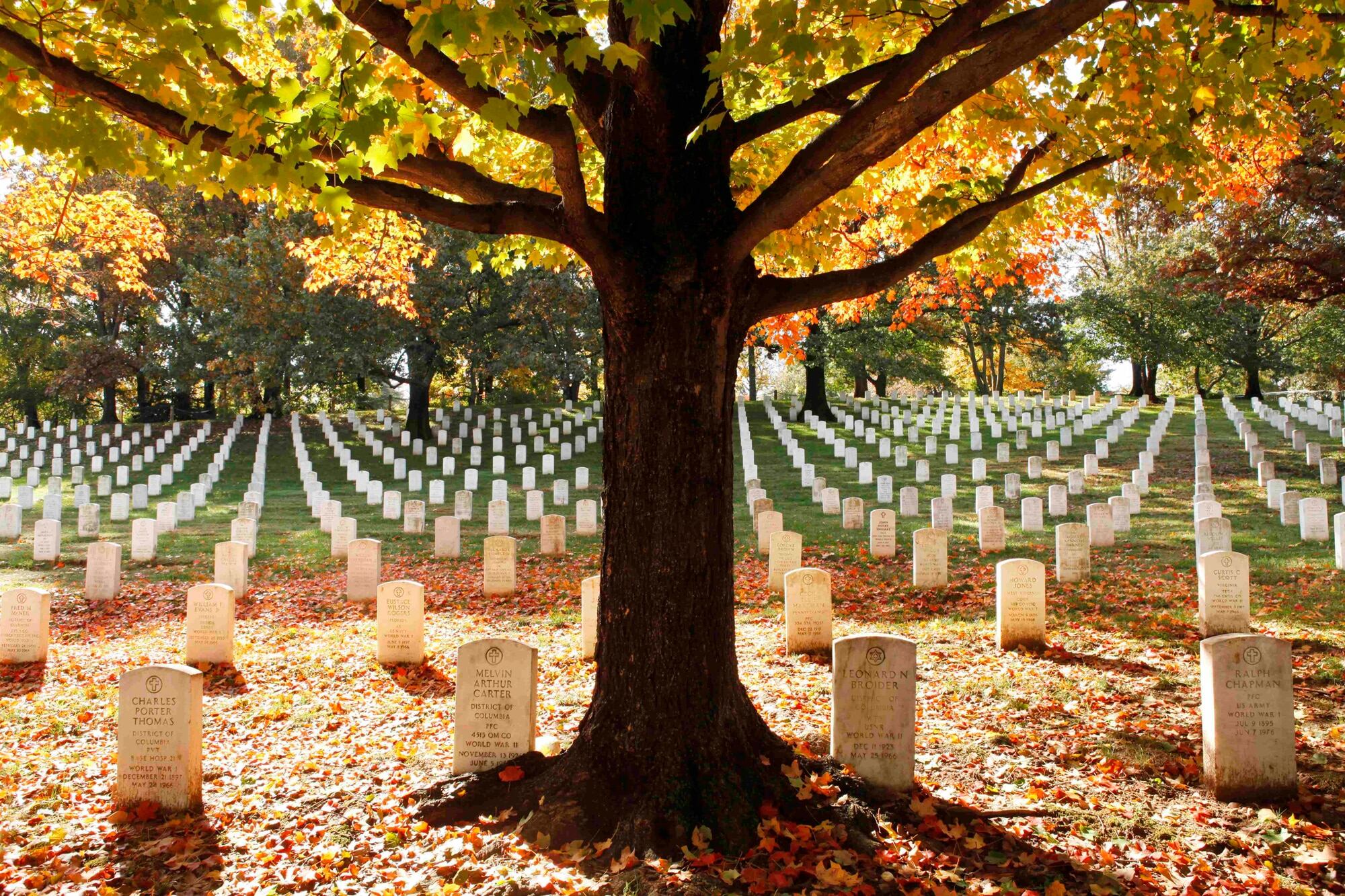WASHINGTON -- When Arlington National Cemetery was established in 1864, it served as an overflow for other Washington, D.C.-based burial grounds overburdened by the rising tide of Civil War casualties.
More than 150 years later, the site has become a national shrine to the sacrifices of American military members, and faces the opposite problem: Diminishing space at the northern Virginia site could force veterans' families to choose other locations for their loved one's final resting place, if changes aren't made in coming years.
On March 29, the Senate Appropriations Committee held a field hearing at the well-known Army cemetery to discuss the current operations as well as future plans to honor the nation's fallen veterans.
At the top of the list of looming challenges is the issue of space. Presently, Arlington National Cemetery is nearing total capacity. The cemetery staff maintains a high burial pace, conducting 27 to 30 ceremonies each weekday and 10 more on Saturdays. In 2016 alone, Arlington buried or inurned 7,140 veterans and eligible family members.
The Millennium Project, a southern expansion of the cemetery that will add 27 acres of land and 28,000 new grave sites, is set to open in fall of 2017.
But Karen Durham-Aguilera, executive director of Army National Military Cemeteries, said despite that work, by the year 2041, "Arlington National Cemetery will not be a burial option for those service members who served in the Gulf War and any conflict afterwards" without changes to the current footprint or eligibility policies.
That's a looming challenge for a cemetery already racked by scandal in recent years. In 2010, Army investigators found more than 100 unmarked graves, numerous mistakes on cemetery maps and at least four burial urns dumped into storage areas for excess grave dirt.
The following year, Army auditors discovered that $12 million appropriated between 2004 and 2010 could not be accounted for, leading to the resignation of the cemetery's superintendent and deputy superintendent. Officials have also struggled to shift site records from paper to digital records.
But the site remains one of the most revered spaces in American military history. Founded more than 150 years ago to lay to rest Union soldiers killed in the Civil War, the cemetery has become the final resting place for revered men and women such as George C. Marshall, Anita Newcomb, John F. Kennedy and Thurgood Marshall.
Arlington, while an active cemetery, has become a national tourist site. It is a place for Americans to come and honor those who have served.
Sen. Jerry Moran, R-Kansas, chairman of the panel’s military construction subcommittee, spoke of Arlington’s importance in honoring veterans and providing a link between "American history, traditions and customs." He said whatever issues face the cemetery, lawmakers are committed to "working with you closely to ensure the perpetual success of this hallowed ground."
That will likely include discussions of who will be eligible to be buried at the site in years to come. That debate is still ongoing.
Durham-Aguilera said a change in those rules could extend the life of the cemetery, but will require conversation with the public, members of Congress, veterans and military service organizations. Recommendations for eligibility have been put forth in a report by Arlington staff, but have not yet been released to the public.
Budget restrictions have also capped the cemetery’s funding at the same levels for the last five fiscal years, and officials said they are now straining their ability to keep up with civilian pay increases, annual contract inflation and new security requirements.
At the hearing, Durham-Aguilera also acknowledged the "huge problems with accountability in the past" but said staff have made great strides in repairing those problems. Technological improvements have ensured every grave is now geo-mapped, with digital records to substantiate each grave site. Officials have stressed the importance of the chain of custody to "make sure we know where every single person is buried here."
But those fixes don’t change the looming space problems facing the cemetery. After the hearing, senators toured the grounds to see first-hand the new southern expansion plans, including land in the shadow of the Air Force Memorial, built 10 years ago to honor a service that was still decades away from being born when Arlington Cemetery was established.
It serves as a reminder of the changes the cemetery has already weathered, and the changes ahead. Sen. Brian Schatz, D-Hawaii, said that Congress’ job now is "to ensure that it remains an active cemetery for generations to come."




